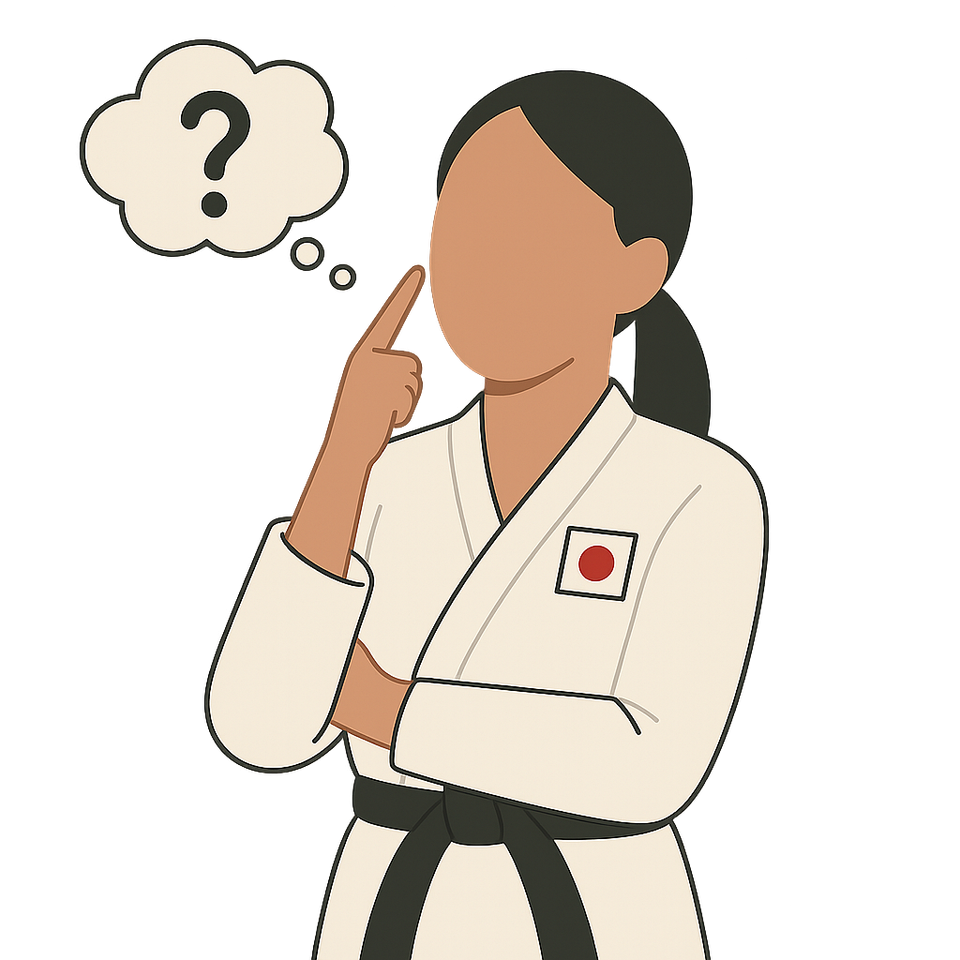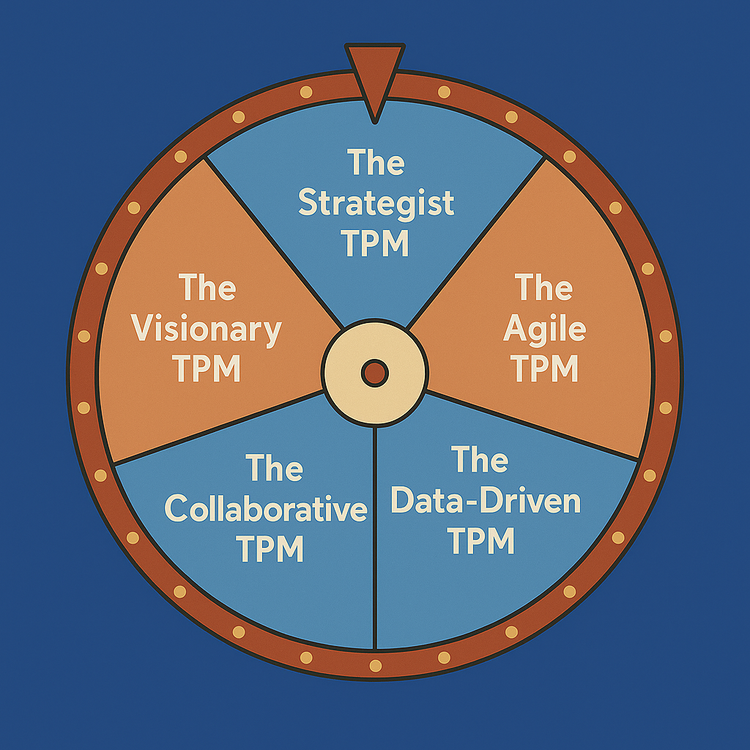The Kaizen Method Small Steps, Big Impact

In a world obsessed with instant success and disruptive innovation, the Kaizen method offers a refreshing alternative: continuous, incremental improvement. Originating in postwar Japan, Kaizen has become a cornerstone of operational excellence, emphasizing that small, consistent changes can lead to significant results over time.
Origins of Kaizen
The term “Kaizen” combines two Japanese words: “kai” (change) and “zen” (good), translating to “change for the better.” While the concept of continuous improvement has ancient roots, Kaizen as a formal methodology gained prominence in Japan after World War II. During the U.S. occupation, experts like W. Edwards Deming introduced statistical quality control methods to Japanese industries, laying the groundwork for Kaizen’s development (Wikipedia).
In 1986, Masaaki Imai’s book, Kaizen: The Key to Japan’s Competitive Success, introduced the philosophy to a global audience, highlighting its role in Japan’s postwar industrial resurgence (Wikipedia).
Core Principles
At its heart, Kaizen is about fostering a culture where employees at all levels are encouraged to suggest and implement improvements. Key principles include:
- Continuous Improvement: Emphasizing that processes can always be enhanced.
- Employee Involvement: Encouraging suggestions from all staff members, not just management.
- Standardization: Implementing successful improvements as new standards.
- Quality First: Prioritizing quality over short term gains.
- Elimination of Waste: Identifying and removing non value adding activities.
These principles are often operationalized through tools like the PDCA (Plan Do Check Act) cycle, which provides a structured approach to problem solving and process improvement (Investopedia).
Real World Applications
Kaizen has been instrumental in various industries, most notably manufacturing. Toyota’s adoption of Kaizen principles led to the development of the Toyota Production System, which revolutionized automotive manufacturing by reducing waste and improving efficiency (The New Yorker).
Beyond manufacturing, companies like Fidelity Investments have applied Kaizen to enhance customer service, demonstrating its versatility across sectors (Investopedia).
Benefits of Kaizen
Implementing Kaizen can yield numerous advantages:
- Improved Efficiency: Streamlining processes leads to faster turnaround times.
- Enhanced Quality: Continuous monitoring and improvement reduce defects.
- Employee Satisfaction: Involving staff in decision making fosters a sense of ownership.
- Cost Reduction: Eliminating waste lowers operational costs.
- Adaptability: Regular improvements make organizations more responsive to change.
These benefits contribute to a competitive advantage (DuraLabel).
Challenges in Implementation
Despite its advantages, adopting Kaizen is not without hurdles. Common challenges include:
- Resistance to Change: Employees may be hesitant to alter established routines.
- Short Term Focus: Organizations seeking immediate results may overlook the long term nature of Kaizen.
- Lack of Management Support: Without leadership buy in, Kaizen initiatives can falter.
Addressing these challenges requires clear communication, training, and a commitment to cultural change (Lean News).
Kaizen in Personal Life
Kaizen is not limited to the workplace; it can also be applied to personal development. For instance, someone aiming to establish a morning exercise routine might start by waking up just five minutes earlier each day, gradually building the habit without overwhelming themselves. This approach aligns with Kaizen’s emphasis on small, manageable changes leading to significant improvements over time (The Sun).
Conclusion
In an era where rapid transformation is often glorified, Kaizen offers a compelling alternative: steady, continuous improvement. By embracing Kaizen, organizations and individuals can achieve lasting success through incremental changes that collectively make a substantial impact.
Suggested Hashtags:
#Kaizen #ContinuousImprovement #LeanThinking #ProcessImprovement #Efficiency #QualityManagement #PersonalDevelopment





Member discussion